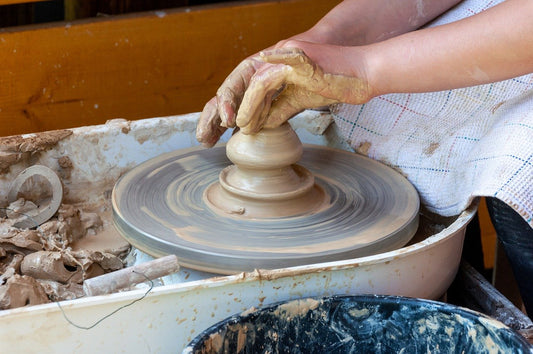Perhaps the most famous microphones in the professional recording industry is the German brand, Neuman.
Founded in 1928 by Georg Neumann in Berlin, Germany, the brand came to be known for its amazing sound and distinctive looks. They also were credited with developing the first condenser microphones in a world filled with dynamic models. Without getting too technical, think of a condenser microphone in the same way you might think of a planar tweeter versus a dynamic tweeter (like a dome). Both the condenser microphone and a planar tweeter have a low mass film (diaphragm) and are more easily able to capture (microphones) and reproduce (tweeters) quick transients and unfetter high frequencies.
Their sound is way more open, airy, and transient rich than any dynamic transducer (which is why we use them on aspen speaker and record with them at Octave studios).
I cannot imagine a recording studio worth its salt that doesn't have at least a few of the classic Neumans at the ready.
And while Neuman introduced the condenser (there were others too but Neuman is credited with bringing it to market in a big way) it wasn't until a year after my birth that they rose to stardom as a brand.
Their leap to fame occured in 1949 with the introduction of the U 47. It was the first microphone to offer a switchable polar pattern (omnidirectional and cardioid), and its warm, clear sound made it a favorite among recording engineers and artists alike. The U 47 was famously used by The Beatles, Frank Sinatra, and countless other musicians, securing its place in recording history.
In the 1950s, Neumann continued to innovate with the development of the M 49 and U 67 microphones, which introduced new levels of versatility and sound fidelity. The U 67, in particular, became renowned for its smooth sound and flexibility, making it a staple in studios around the world.
The 1960s saw the advent of the Neumann KM 84, the first microphone to utilize 48-volt phantom power, and later, the U 87, a standard that is still in use today. The phantom power supply innovation eliminated the need for external power supplies and made microphone setup simpler and more efficient.
So much for history. Now, let's dive into today's use.
When we started Octave Records we, of course, had to have available to us all the classics that were regarded so highly. So, we acquired Neuman U 47s, 67s, and 87s and began to learn their characteristics.
All three are great microphones, but we soon found ourselves returning again and again to one in particular. The U 67. This microphone captured, like no other we have ever used, the transient and harmonic information of instruments. From woodwinds, to guitars, to cymbals, nothing even comes close to the sound of the U 67.
Which got me curious. Why? Was it the diaphragm? Each of the three uses the same "planar" type diaphragm I earlier described, so it might be that but....
A closer look shows me something really revealing. The built in amplification system. In both the earlier U 47 and 87, FETs are used, while in the U 67, a vacuum tube is employed instead.
This, in my opinion, is one of the biggest reasons this microphone kills every other microphone we have in stock (for these applications).
Does that mean that vacuum tube microphones are always better? No. We also have a collection of vacuum tube condenser microphones knock offs to the Neuman and none even approach its sound.
Just like HiFi, it is the artful blend of all the innards that make the magic.









